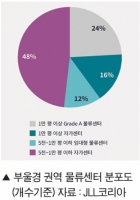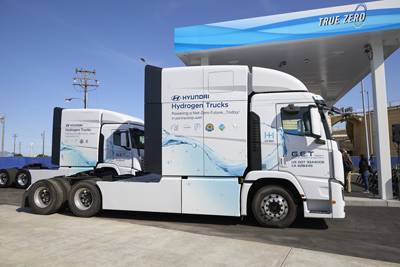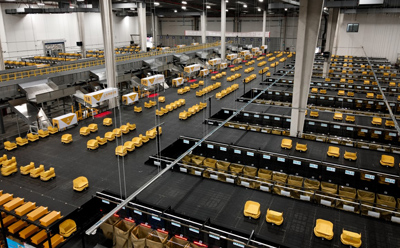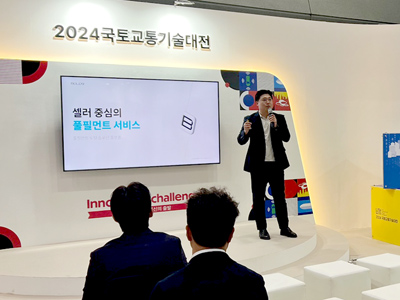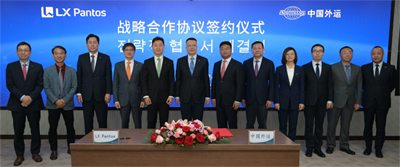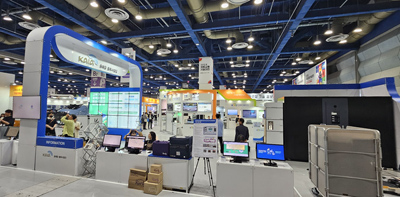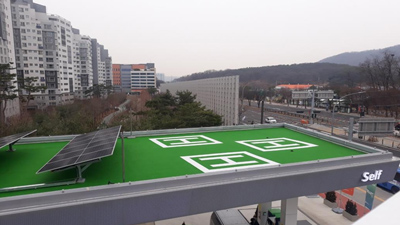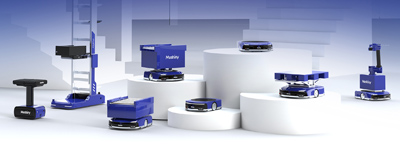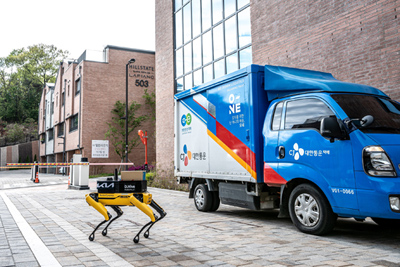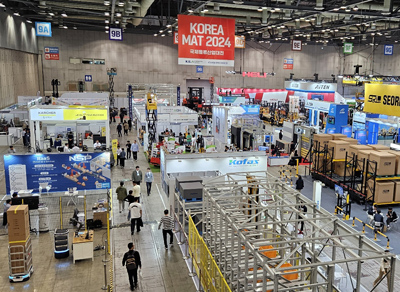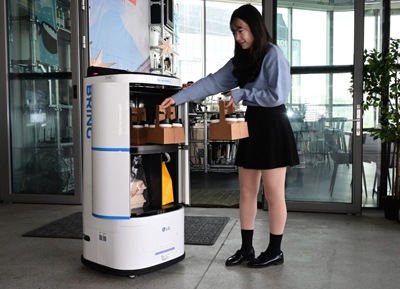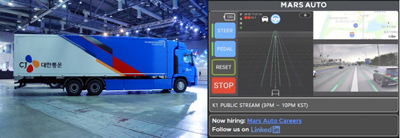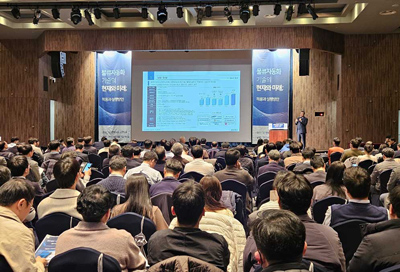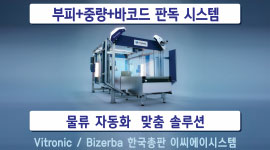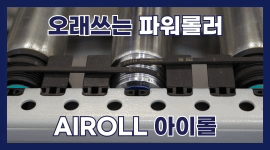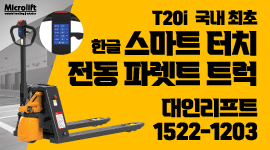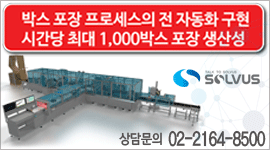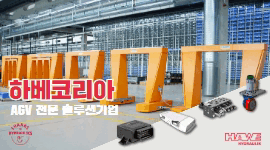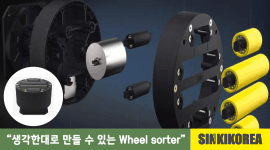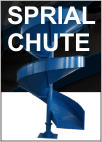| CJ Logistics / New Packaging Technology 'Reduces Risk of Parcel Damage' | |



|
|
|
|
|
|
New packaging technology 'tackles parcel damage risk' Center for Packaging Innovation studies stabilization of parcel boxes against drop, load, vibration, and temperature 2024/05  CJ Logistics announced that it has recently applied the APPS Apparel Automated Packaging System and One Touch Box & Invoice, two apparel-specific polybag packaging facilities developed by the Packaging Innovation Center, to its customers' logistics. APPS is a facility that arranges garments in a row on the fabric, moves them, wraps them, and automatically finishes packaging. In addition to reducing logistics costs due to automation, the system also reduces the inconvenience of separating and disposing of waste by using recycled plastic (PCR) packaging materials and easy-cut application that does not require scissors. One-touch box & invoice is a technology that enables box packaging without the use of tape. The Packaging Innovation Center, located in Dongtan Logistics Complex in Hwaseong, includes ▲ a packaging safety lab for compression, loading, and vibration tests that may occur during transportation ▲ a logistics environment test lab that reproduces the temperature and humidity environment of the transportation process ▲ an automation equipment verification room ▲ and a sample production room. In particular, the company is working on R&D to dramatically reduce the likelihood of parcel box breakage. It aims to build the safest and most economical logistics system by testing hundreds of drops, harsh box stacking and vibration environments, and temperature changes. Representative of these are the 'box compression tester' and 'drop impact test' that identify possible damage during transportation and loading. The compression box tester measures the compressive strength that layered parcel boxes can withstand while applying a load of up to 5,000 kilograms. Considering the nature of parcel delivery, the boxes remain stacked from pickup to drop-off to last-mile delivery, eliminating concerns about breakage due to load. In the drop impact test, parcel boxes are dropped from up to 1.2 meters up to 470 times onto faces, edges, and corners to identify impact damage and weak spots. The Packaging Innovation Center is also conducting the Vibration Environment Test, in which the parcel box is subjected to about 60,000 vibrations and shocks at various angles and axes, and the Packaging Temperature Test, which measures changes in parcel contents from -25℃ to 40℃. The purpose of these tests is to ensure durability under various vibration conditions, including not only general roads but also dirt roads and curbs, and to develop packaging that does not experience temperature changes during transportation. CJ Logistics plans to commercialize 'Product Stabilized Packaging' based on test data within the year to improve convenience for customers and consumers. This is expected to help customers reduce the risk of damage and costs through the stabilized and efficient supply of boxes for each product. With this technology, the Packaging Innovation Center has recently received packaging requests from smartphone and semiconductor manufacturers. “We will provide packaging consulting optimized for product characteristics and delivery requirements based on data obtained through various customer contact points,” said Kim Chan-woo, head of the packaging technology team at CJ Logistics. Meanwhile, the next-generation packaging market is also an area of focus for global logistics companies. This is because global sustainability trends and the need to reduce costs through packaging efficiency are emerging. DHL, a global logistics company, estimates that the next-generation packaging market will expand 79.9 percent in 10 years, from $27.4 billion (KRW 36.9 trillion) last year to $49.3 billion (KRW 66.4 trillion) in 2032. <Copyright ⓒ Monthly Logistics Magazine (www.ulogistics.co.kr) All rights reserved>
|





| 
|








